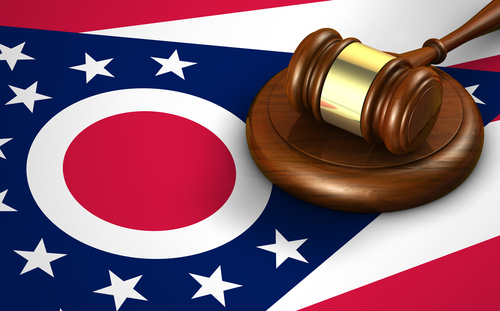A Lesson Unlearned

Reid Muoio
Photo by Ben Asen
In the 1990s, the name Kaye Scholer became shorthand for the power of federal regulators to punish law firms for questionable tactics in their representation of a troubled client. The client in question was a failed savings and loan association.
In 1992 the Office of Thrift Supervision forced Kaye, Scholer, Fierman, Hays & Handler to agree to a $41 million fine to settle a suit alleging that the firm helped hide its client’s problematic accounting and business practices from regulators.
Now, 16 years later, the specter of Kaye Scholer has been raised once again—this time by panelists at an ABA Annual Meeting program on the subprime crisis.
“I think the law firms may not have learned the lesson that Kaye Scholer learned,” said Tom Curran, a lawyer with Ganfer & Shore in New York City and a former prosecutor who handled securities fraud cases. “Lawyers, smart people though they are, are not immune from any of this.”
This time the Securities and Exchange Commission may be the plaintiff in civil complaints, targeting lawyers who advised lenders and who pooled and securitized mortgages for sale to investors.
Reid Muoio, assistant director of the SEC’s division of enforcement, isn’t foreclosing the possibility. While private securities plaintiffs aren’t permitted to bring claims of aiding and abetting, Congress has given the SEC authorization to do so.
“It can be expected that if we can identify problems, we will then ask, ‘Where were the lawyers?’ ” Muoio said in an interview after the panel discussion. A typical aiding-and-abetting scenario might be a law firm that aids misrepresentation in a prospectus for a subprime-backed security, he said, cautioning that he spoke for himself and not the SEC.
During the panel discussion, Muoio said the SEC has opened 48 subprime-related investigations and assigned more than 100 lawyers. The possibility of aiding-and-abetting actions—against lawyers and others—won’t be considered until the probes are further along, he said.
In private securities lawsuits, lawyers will be able to avoid aiding-and-abetting claims. But they still could end up as defendants in other types of subprime litigation by homeowners or unhappy clients, according to panelists at a different annual meeting session. Both programs were sponsored by the ABA Section of Business Law.
For instance, bondholders could file malpractice actions against their law firms for failing to secure appropriate guarantees. When mortgages are pooled and securitized, the investors purchase bonds that are grouped by risk levels. Those with the lowest risk are first in line for payment if some of the receivables go into default. Once they are paid, those at the next risk level have a right to payment and so on down the line in a sort of waterfall of cascading payments.
DOCUMENT ERRORS A FOCUS
What if an investment bank that had securitized a pool of mortgages was unable to collect because the legal documents failed to specify its top status?
Jay Tambe, a securities litigator with Jones Day in New York City, said he believes it is just a matter of time until a law firm is sued, and a likely reason will be document errors.
“The documentation issues can’t be overstated,” he said. He has seen materials with key provisions that are missing, incorrect or impossible to reconcile with other contract language. In one instance a signed document still contained brackets that said, “[Insert waterfall here].”
Law firms that handle foreclosures could also be on the hook in lawsuits filed by consumers for violations of the Fair Debt Collection Practices Act, said Cleveland-Marshall law professor Kathleen Engel.
She points to a class action lawsuit brought against Deutsche Bank alleging violations of the collections law. The federal suit filed in February by Ohio homeowners claims the bank has been pursuing foreclosures even though it did not have the necessary documents showing that it had been assigned the mortgages on the homes. Three Ohio law firms that represented the bank are also named as defendants.



